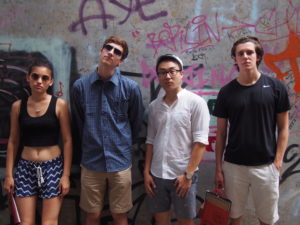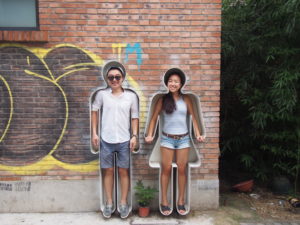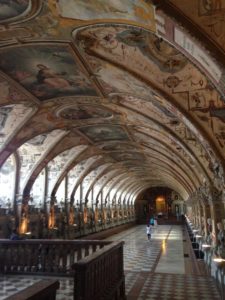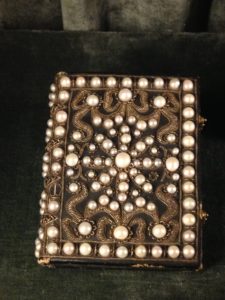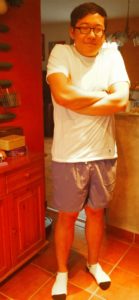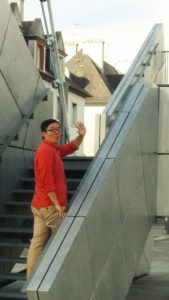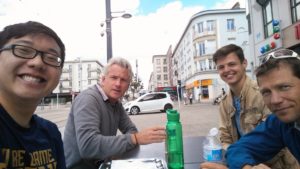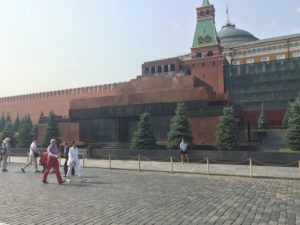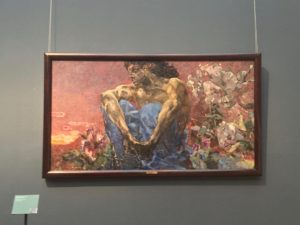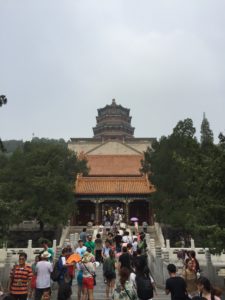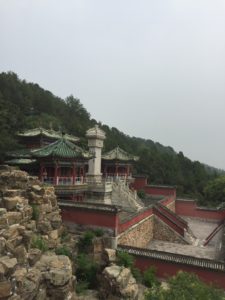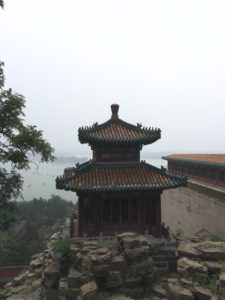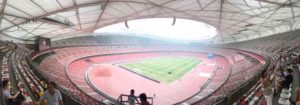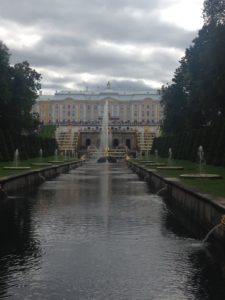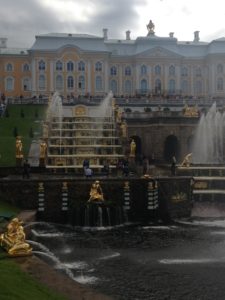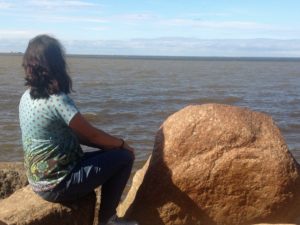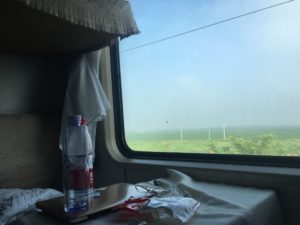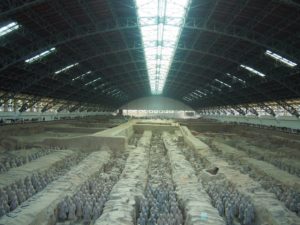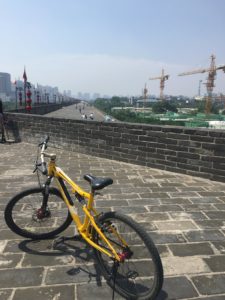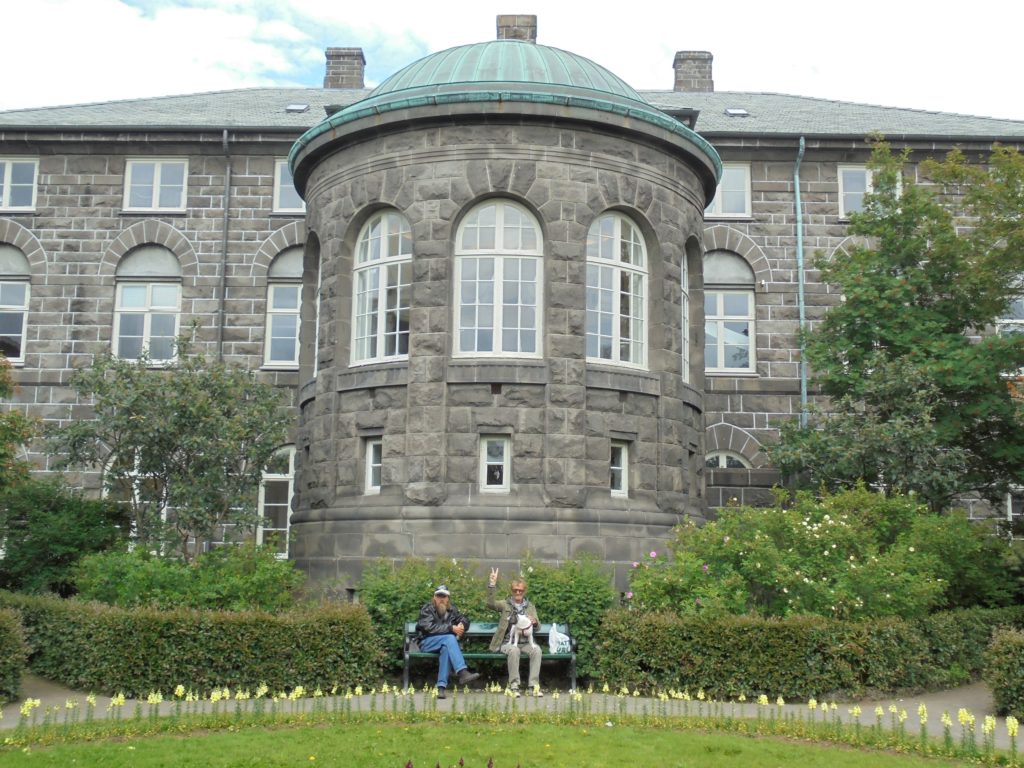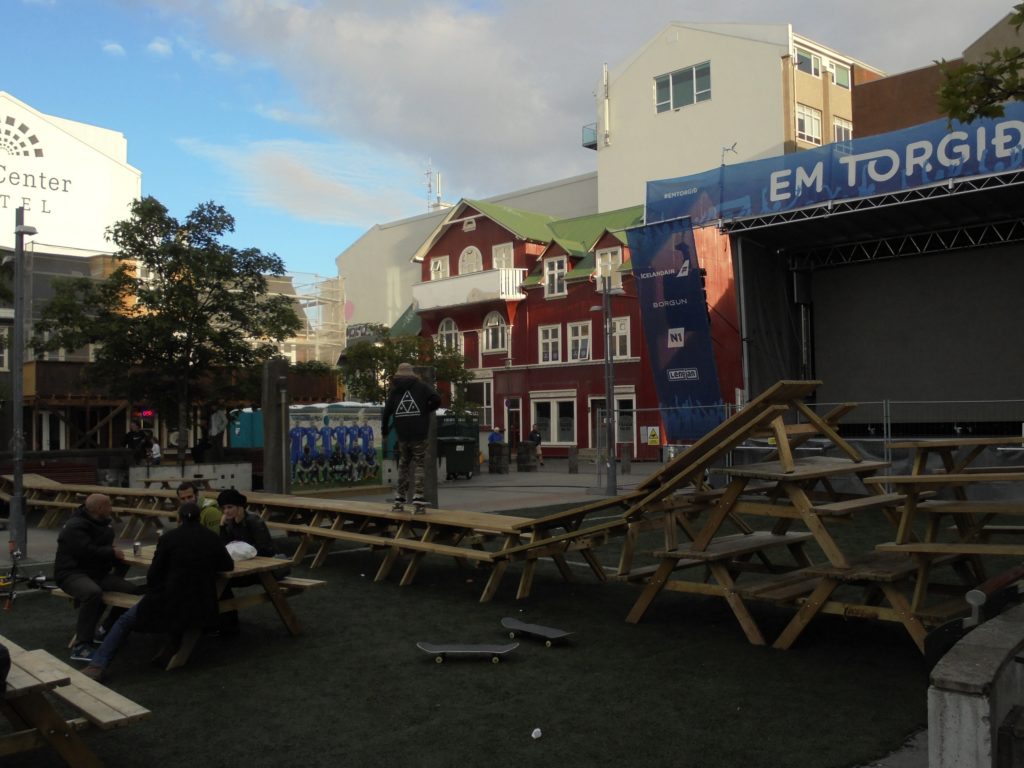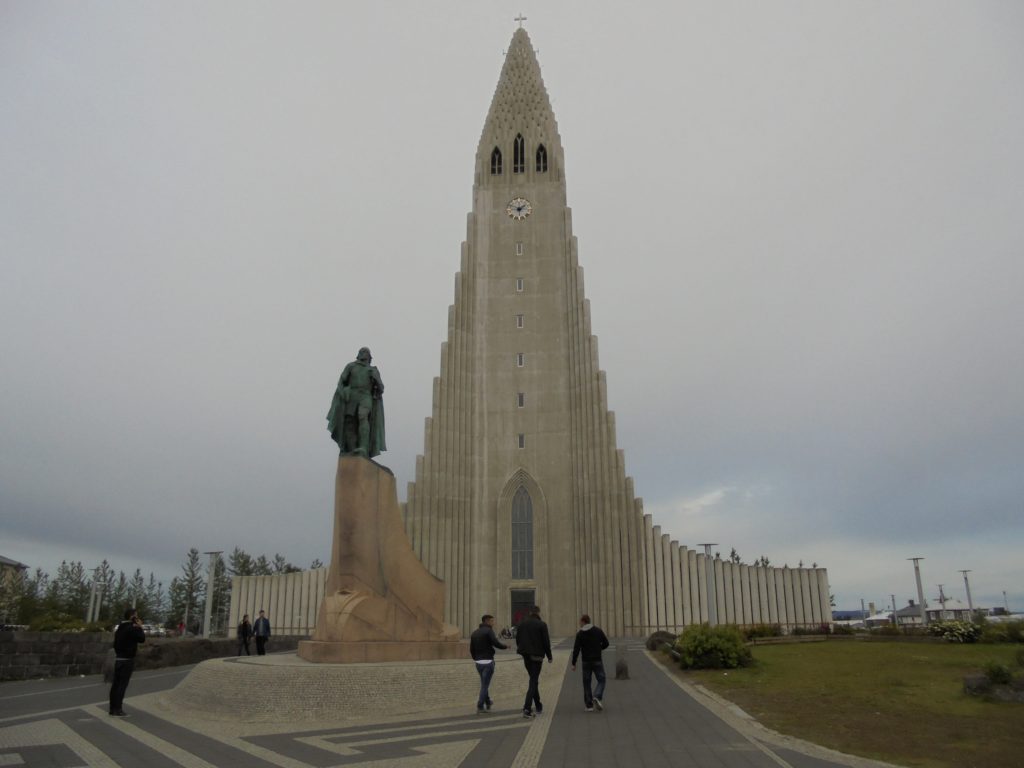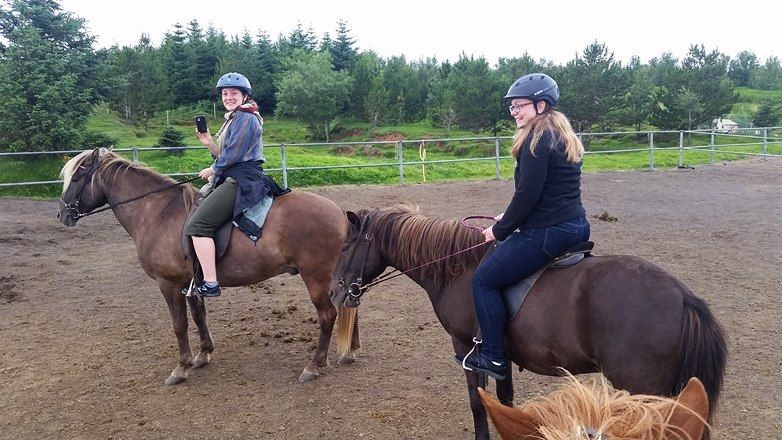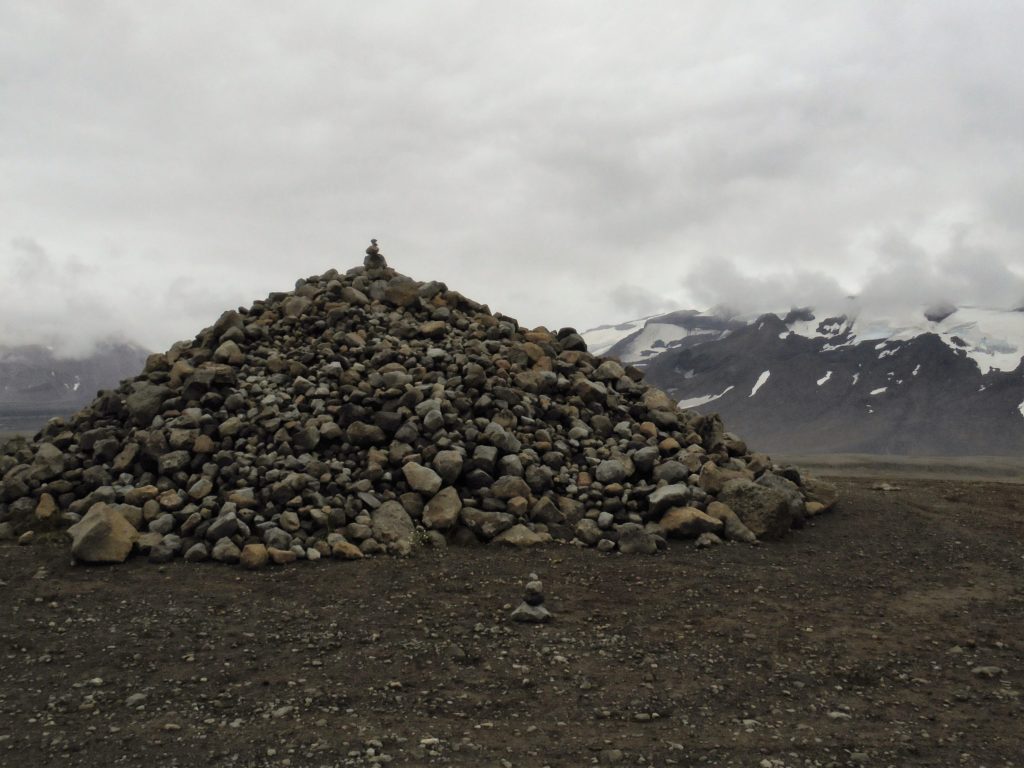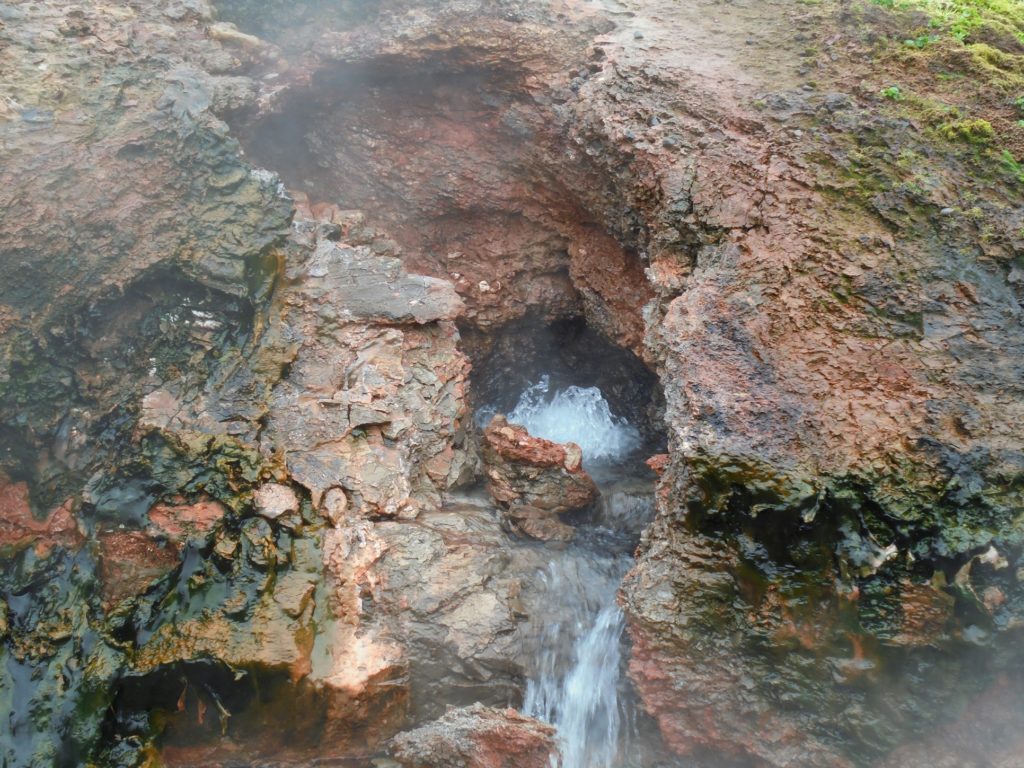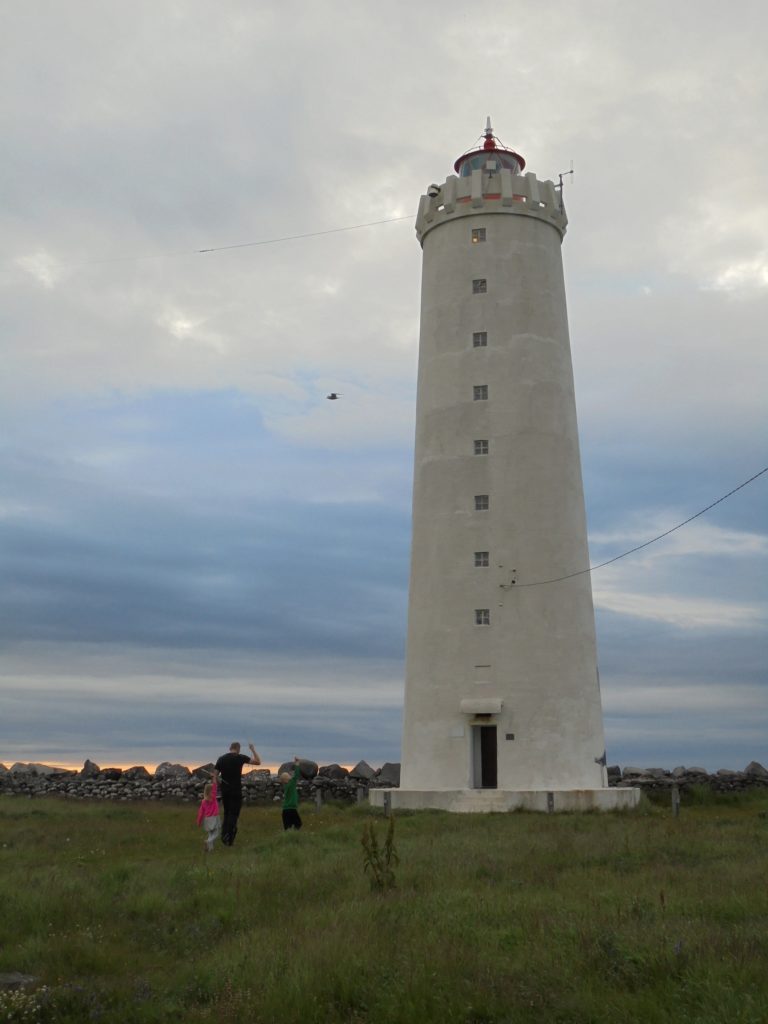Hi friends. So while I was gone, I went to a lot of places that I went to before like the 798 art district! I learned a lot of important, valuable lessons this week; for example, don’t let your friends take the taxi in front of you, especially during rush hour. Four of my friends and I went to 798 and took a taxi because we thought it would save time as compared to taking the subway. Going by taxi was supposed to take 30 minutes, and taking the subway was supposed to take around an hour and a half. I found a taxi waiting near my dorm’s entrance and let three of my friends go first because we couldn’t fit five people in the car. They left and five minutes later my other friend and I found another taxi. It took us an hour and a half to get to 798 because we got stuck in Beijing traffic, and trust me, it’s way worse than LA traffic. We thought the other group got stuck in traffic too, but they said that they were waiting for us for an hour. Yeah, so in Beijing, don’t ever let your friends get a taxi before you. 好的 (good).
Oh yeah and the art district was pretty cool I guess. We took a lot of cool pictures, so that was fun.
I also went to the Silk Market again and didn’t get ripped off as much this time, so I think I’m getting used to this bargaining thing. I got a T-Mac Orlando Magic jersey, a pair of Adidas NMDs, a t-shirt, an I <3 北京 (Beijing) shirt, two phone fans, a wallet all for less than a hundred USD. I think I did well, but I’m not sure. I still probably got ripped off. I also went to this place called Dirt Market, flattering name I know, and it was nothing like the Silk Market. The Silk Market was in this huge air-conditioned building, whereas the Dirt Market was a huge outdoor marketplace. The Silk Market sold a lot of fake western things, while the Dirt Market sold a lot of traditional Chinese things like paintings and jade stuff. I didn’t really like the Dirt Market, but I thought it was an interesting experience nonetheless.
